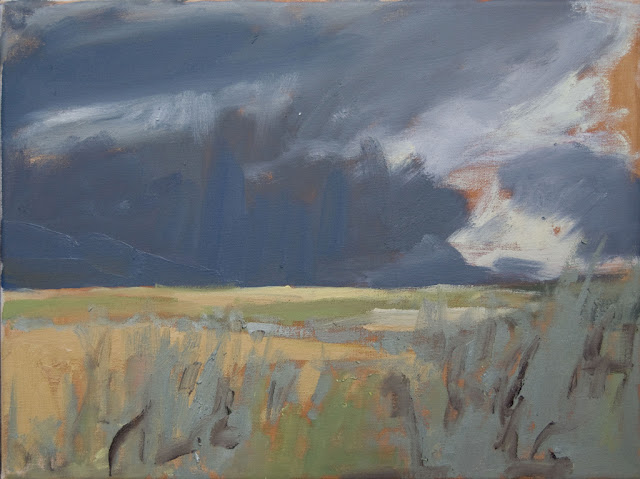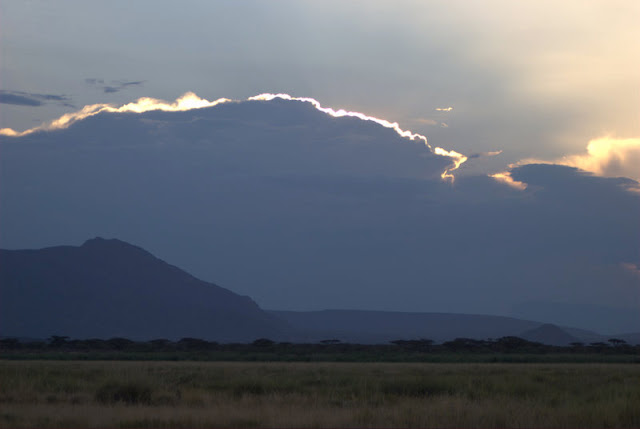Yes, I'm romanced by the sky. This despite a lifelong veneration of my grandmother, an artist and a hater of outlandish sunsets. I'll never forget her disgust at one of the most beautiful Montana sunsets I'd ever witnessed: "how gaudy!" However, there's more to a sky than its evening striptease which she also taught me. Skies influence the way we see and understand the ground and the spaces we live in. They sculpt our moods and our interactions with people. They create an imprint on us, in us.
This weekend I spoke with McNair Evans, a San Francisco-based photographer about the collective effect of regional light and skies on artists. The light quality of the humid skies and filtered gray pine forests of his home landscapes in North Carolina are the cadence of his work, regardless of where he shoots. The skies of his youth have carved his fingerprint as an artist. While I am very aware of the sky in the landscapes I design and in my work as an artist, I've been wondering since this conversation how the skies of my childhood in Montana and Colorado work their way in. How have your skies shaped you?
Below: "Car Moon" triptych, the author, Kenya, 2007 that inspired "Car Drawings" Kenya, the author, 2007. Both track my vision of the sky and the movement of my body:
My home landscape of the Rocky Mountain west:
"Centennial Dust Storm" by the author, Centennial Mountains, Oil on Canvas 2010
Climbing to the sky in non-home landscapes:


 |
| Ugh, how gaudy. |















































